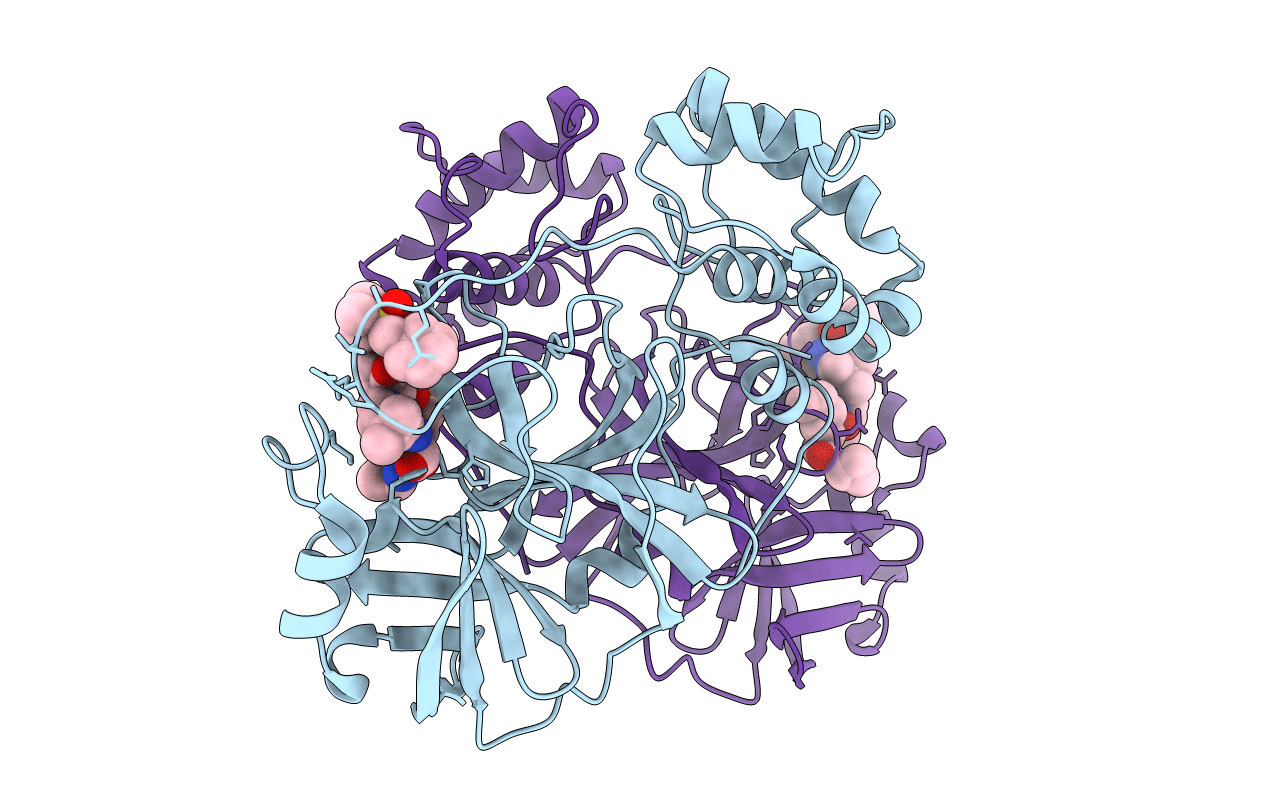
Deposition Date
2020-07-10
Release Date
2020-07-22
Last Version Date
2024-10-09
Entry Detail
PDB ID:
6XQT
Keywords:
Title:
Room-temperature X-ray Crystal structure of SARS-CoV-2 main protease in complex with Narlaprevir
Biological Source:
Source Organism:
Host Organism:
Method Details:
Experimental Method:
Resolution:
2.30 Å
R-Value Free:
0.27
R-Value Work:
0.22
R-Value Observed:
0.22
Space Group:
P 1 21 1


